A pupil of Alexandre Cabanel and Léon Bonnat at the École des Beaux-Arts in Paris, Jean Patricot won the Grand Prix de Rome for engraving in 1886. A recognized portraitist of Parisian high society, he was appointed Officier of the Légion d’Honneur in 1904 and received a Grand Prix at the 1900 Exposition Universelle.
This rare work depicts Annette (known as Hania) Routchine (1895–1959), a Russian-born opera singer and future wife of the writer Roland Dorgelès. Born in Odessa, Hania emigrated to France as a child with her sisters Sonia Routchine-Vitry, a painter, and Marie Routchine-Dupré, an early figure of the Rosicrucian movement.
A cosmopolitan figure of 1920s Paris, close to the Dadaist and Surrealist circles, Hania Routchine moved in the company of Tristan Tzara, Louis Aragon, and André Breton. During the Manifestation Dada of March 1920 at the Théâtre de l’Œuvre, her performance was among the most tumultuous moments of the scandal.
She was one of the signatories of Francis Picabia’s L’Œil Cacodylate (1921), a manifesto-work of the movement. As both muse and model, she inspired artists such as Francis Picabia and Émilie Charmy, who saw in her a presence at once sensual and spiritual.
Patricot portrays his sitter frontally, with a striking immediacy that seizes the viewer’s gaze. The face, shown in close-up and almost flush with the surface of the canvas, asserts its presence through the luminosity of the eyes and the precision of the modelling. The large dark eyes, rimmed with shadow, lend the composition a silent intensity, while the vivid red lips convey a discreet yet modern sensuality.
Her curly, slightly tousled hair is gathered with a wide black bow that frames the oval of her face and adds a simple decorative accent. The supple, vibrant brushwork, combined with a restrained and refined palette, creates a subtle harmony between strength and delicacy.
Through the liveliness of his pictorial touch and the precision of his chromatic contrasts, Patricot here captures the modern grace and confidence of a free woman — a radiant symbol of the waning Belle Époque and the first years of the interwar period.







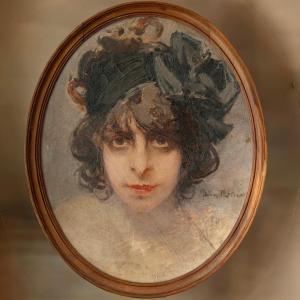









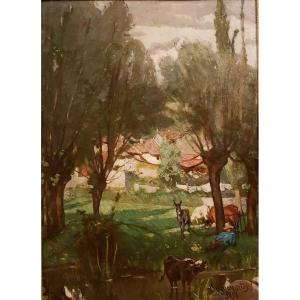

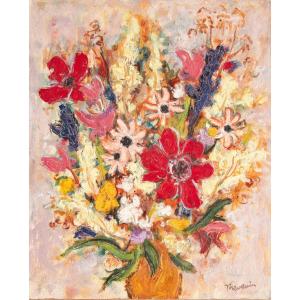
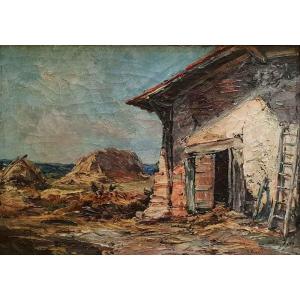
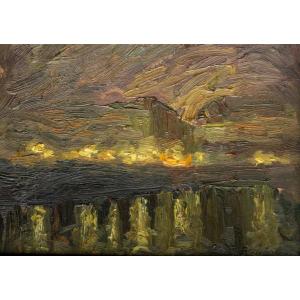

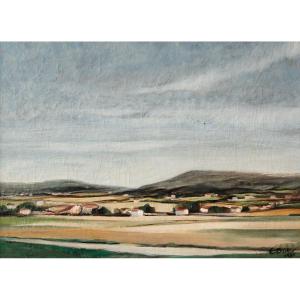
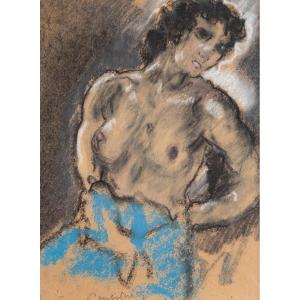


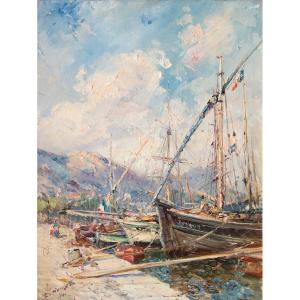
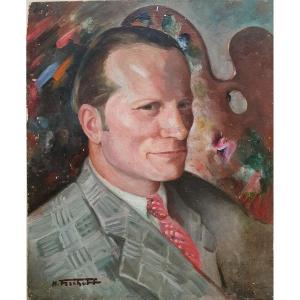
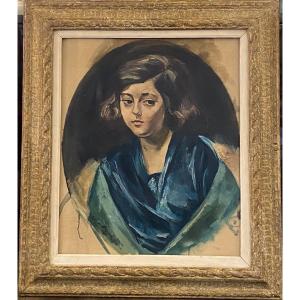
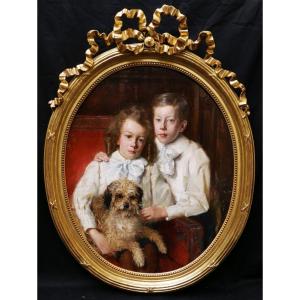

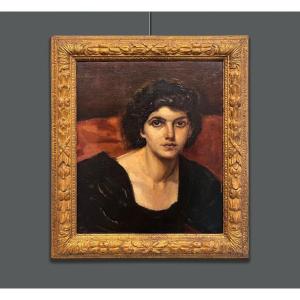



 Le Magazine de PROANTIC
Le Magazine de PROANTIC TRÉSORS Magazine
TRÉSORS Magazine Rivista Artiquariato
Rivista Artiquariato